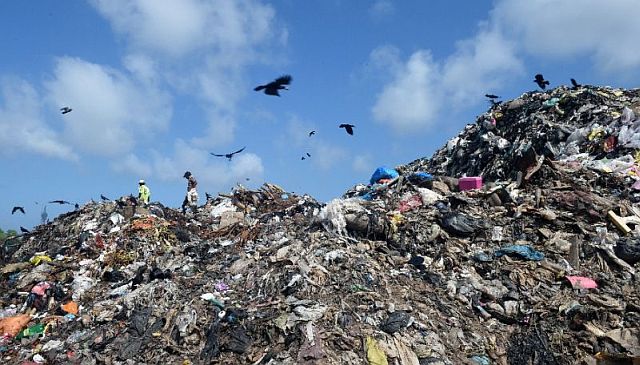Bali’s palm-fringed Kuta beach has long been a favorite with tourists seeking sun and surf, but nowadays its golden shoreline is disappearing under a mountain of garbage.
Plastic straws and food packaging are strewn between sunbathers, while surfers bobbing behind the waves dodge waste flushed out from rivers or brought in by swirling currents.
“When I want to swim, it is not really nice. I see a lot of garbage here every day, every time,” Austrian traveler Vanessa Moonshine explains.
“It’s always coming from the ocean. It’s really horrible,” she adds.
Often dubbed a paradise on earth, the Indonesian holiday island has become an embarrassing poster child for the country’s trash problem.
The archipelago of more than 17,000 islands is the world’s second biggest contributor to marine debris after China, and a colossal 1.29 million metric tons is estimated to be produced annually by Indonesia.
The waves of plastic flooding into rivers and oceans have been causing problems for years — clogging waterways in cities, increasing the risk of floods, and injuring or killing marine animals who ingest or become trapped by plastic packaging.
The problem has grown so bad that officials in Bali last month declared a “garbage emergency” across a six-kilometer stretch of coast that included popular beaches Jimbaran, Kuta and Seminyak.
Officials deployed 700 cleaners and 35 trucks to remove roughly 100 tons of debris each day to a nearby landfill.
“People with green uniform were collecting the garbage to move it away but the next day I saw the same situation,” said German Claus Dignas, who claimed he saw more garbage with each visit to the island.
“No one wants to sit on nice beach chairs and facing all this rubbish,” he added.
